Exclusive interview with the curator Nicole Katenkari
Interviewer: Daria Lysenko
Imagine that you are a teenager, and your photos are exhibited in one of the leading museums in the Netherlands.
A dream, isn’t it?
But this spring, such a dream came true for young photographers from Ukraine!
On June 15 at Fotomuseum in The Hague opened a special teenage photo exhibition titled Contradictive Reality.
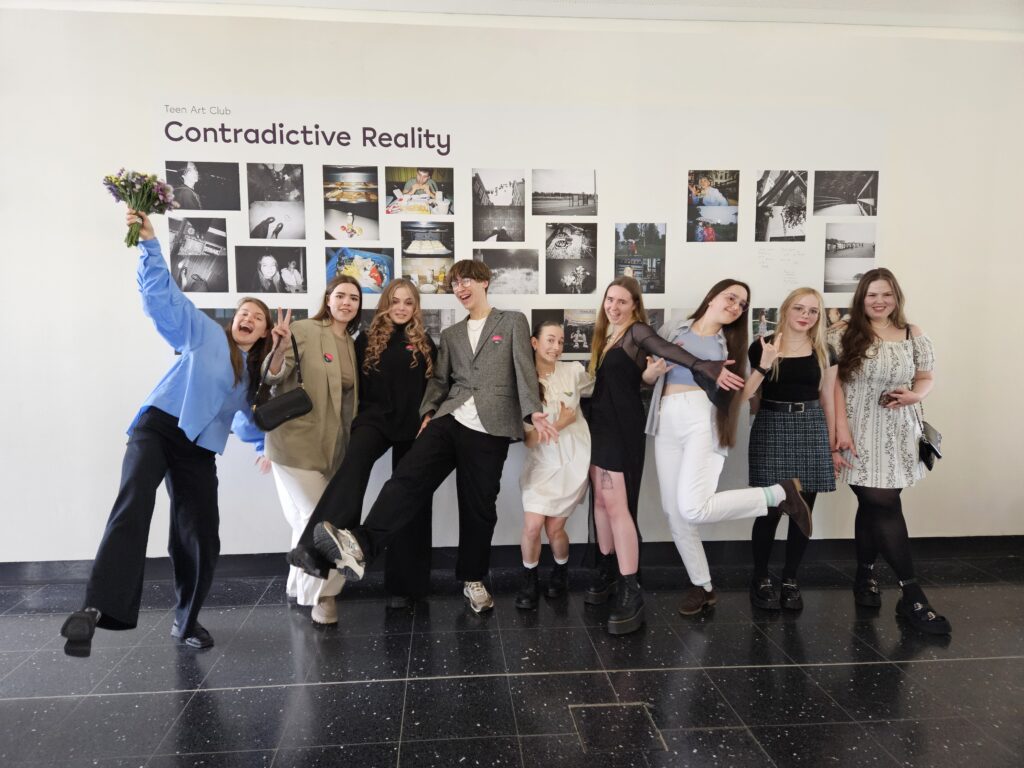
Participants in front of their photo exhibition. Photo: Charlotte van de Gaag
The inspiration for those shots served the ongoing exhibition in the Fotomuseum of a Ukrainian photographer Boris Mikhailov “BORIS MIKHAILOV. UKRAINIAN DIARY”(30 Mar – 18 Aug 2024).
In this exclusive interview we talked with the curator of the project Teen art Club, Nicole Katenkari about the idea of the teenage photo exhibition, the participants and how it all happened.
Daria: Dear Nicole, first of all, we congratulate you on a successful exhibition! As far as we know from our previous materials, the exhibition was one of the winners of the Letterenfunds grants and is actually more than an exhibition, it is an educational program in the first place. So how did you combine those two parts of your project, and what was the original concept?
Nicole: Thank you! It was such a pleasant news to get the support of the Letterenfunds to work on the 3rd edition of the Teen Art Club. Indeed, this project combines a preparatory learning part where participants study Mikhailov’s works at The Hague Photography Museum closer and afterwards, inspired by the methods, styles and themes of the artist, create their own photo series.
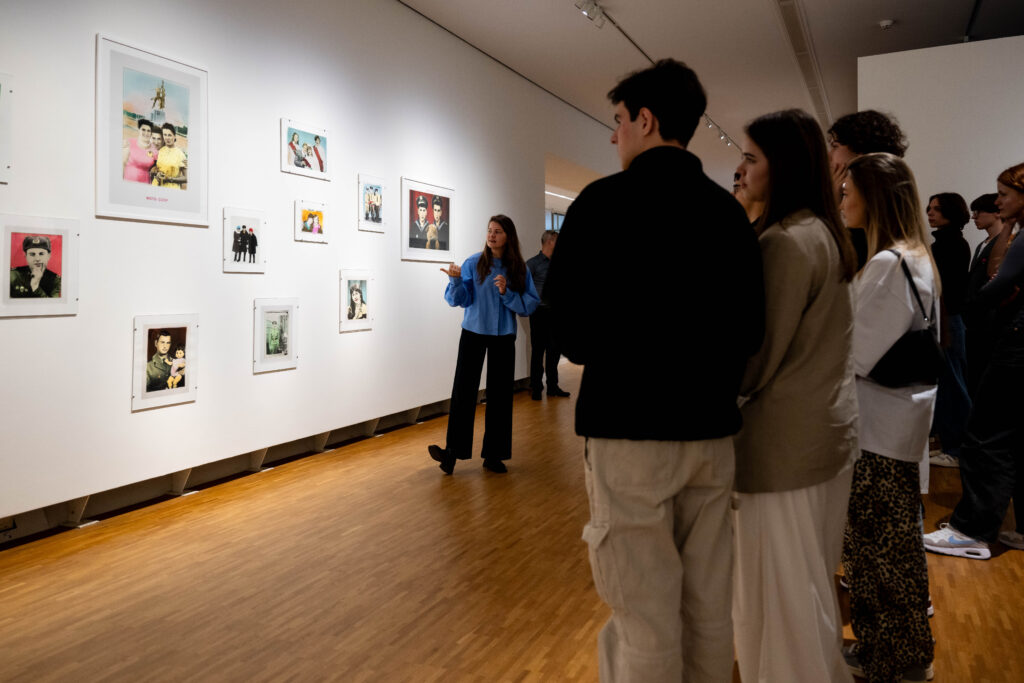
Photo: Charlotte van de Gaag
Daria: Did the exhibition turn out like you thought it would or there were some surprises/revelations in the process?
Nicole: Funnily, the whole exhibition is just one big surprise for everyone. It was planned so, however. The concept of the program is in taking pictures on the disposable film cameras which were distributed to the participants at the beginning. So, from that moment on everyone including young makers, me and museum colleagues had no control or access to the series production. Only after the film development we could see the results and work with them towards the final show.
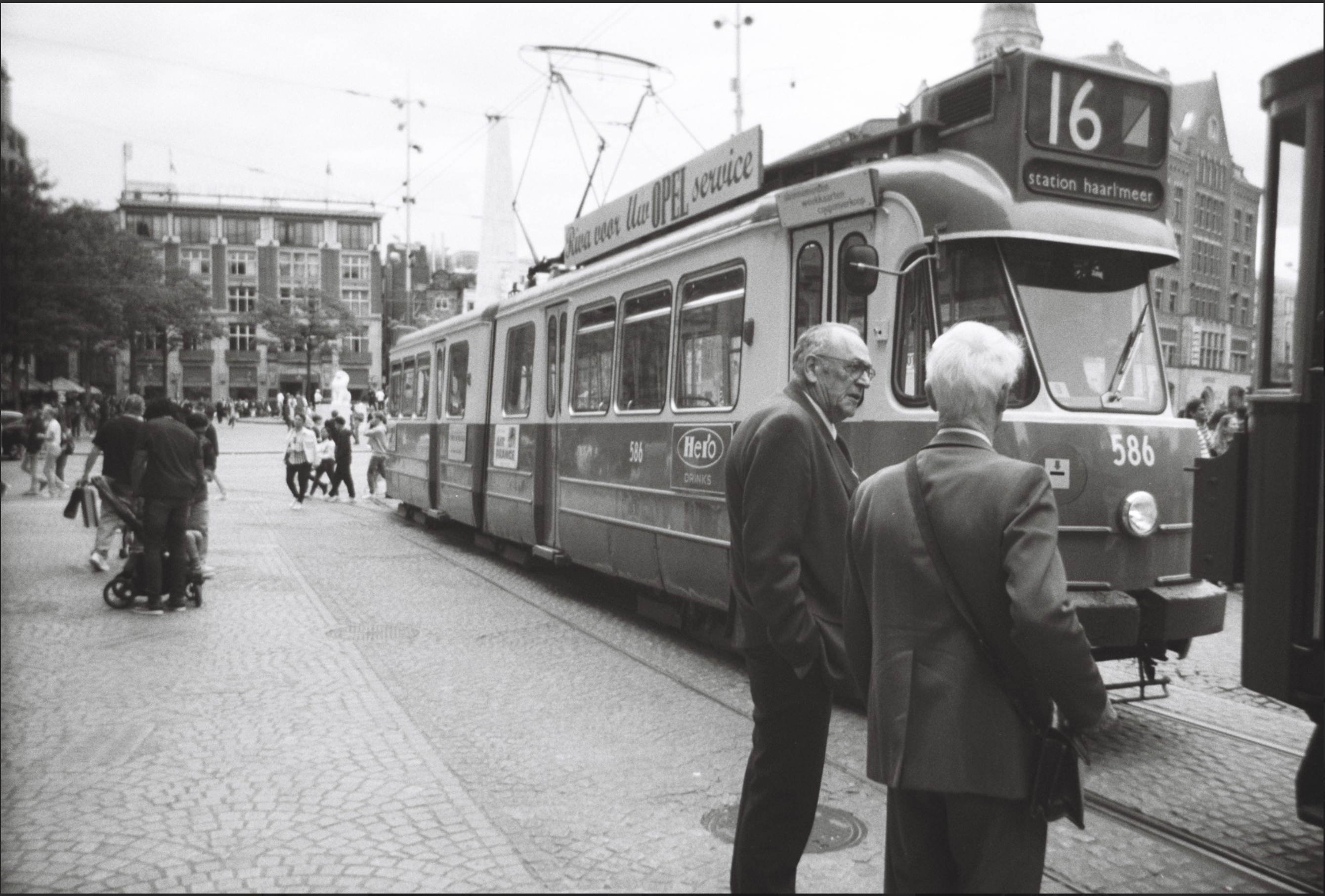
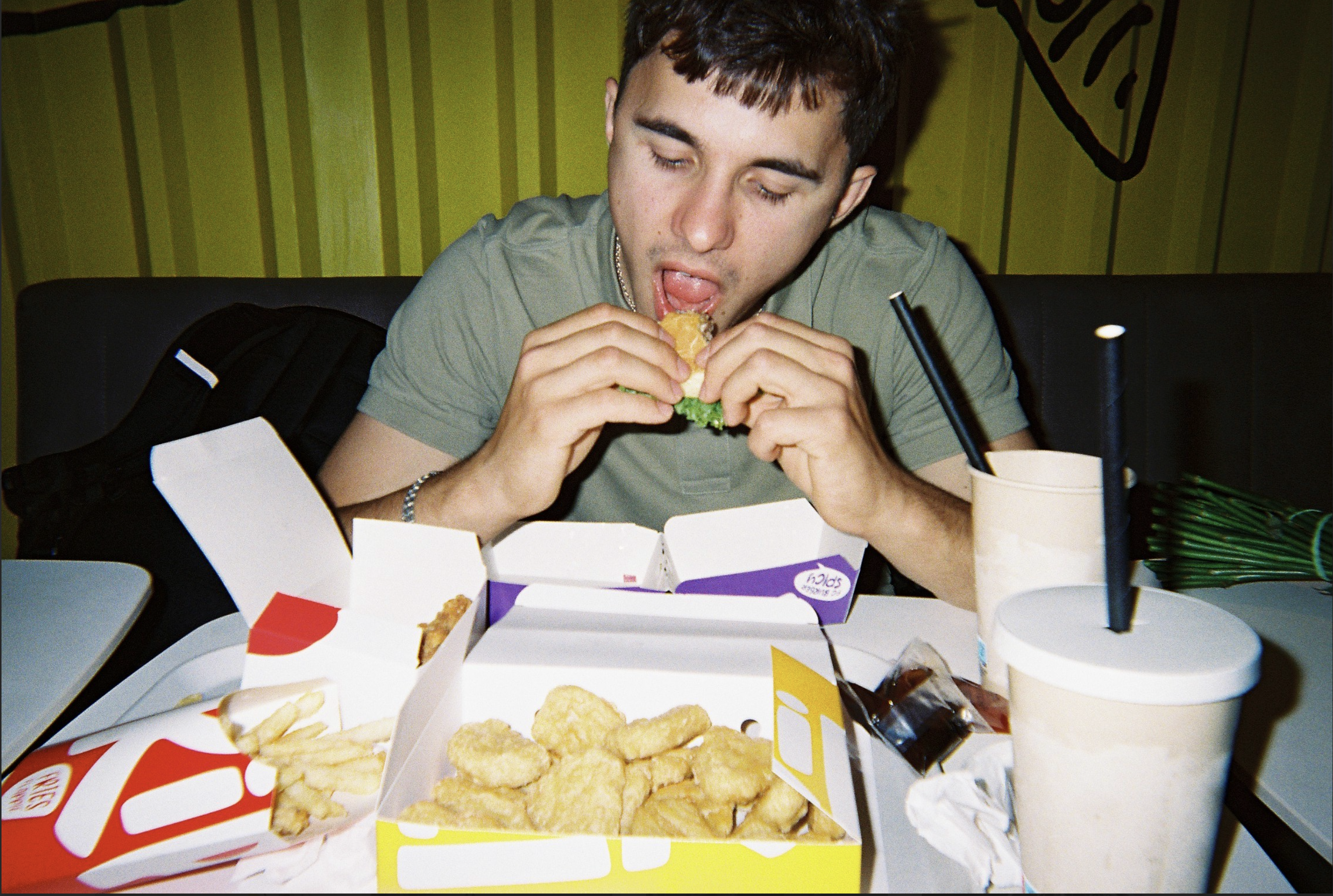
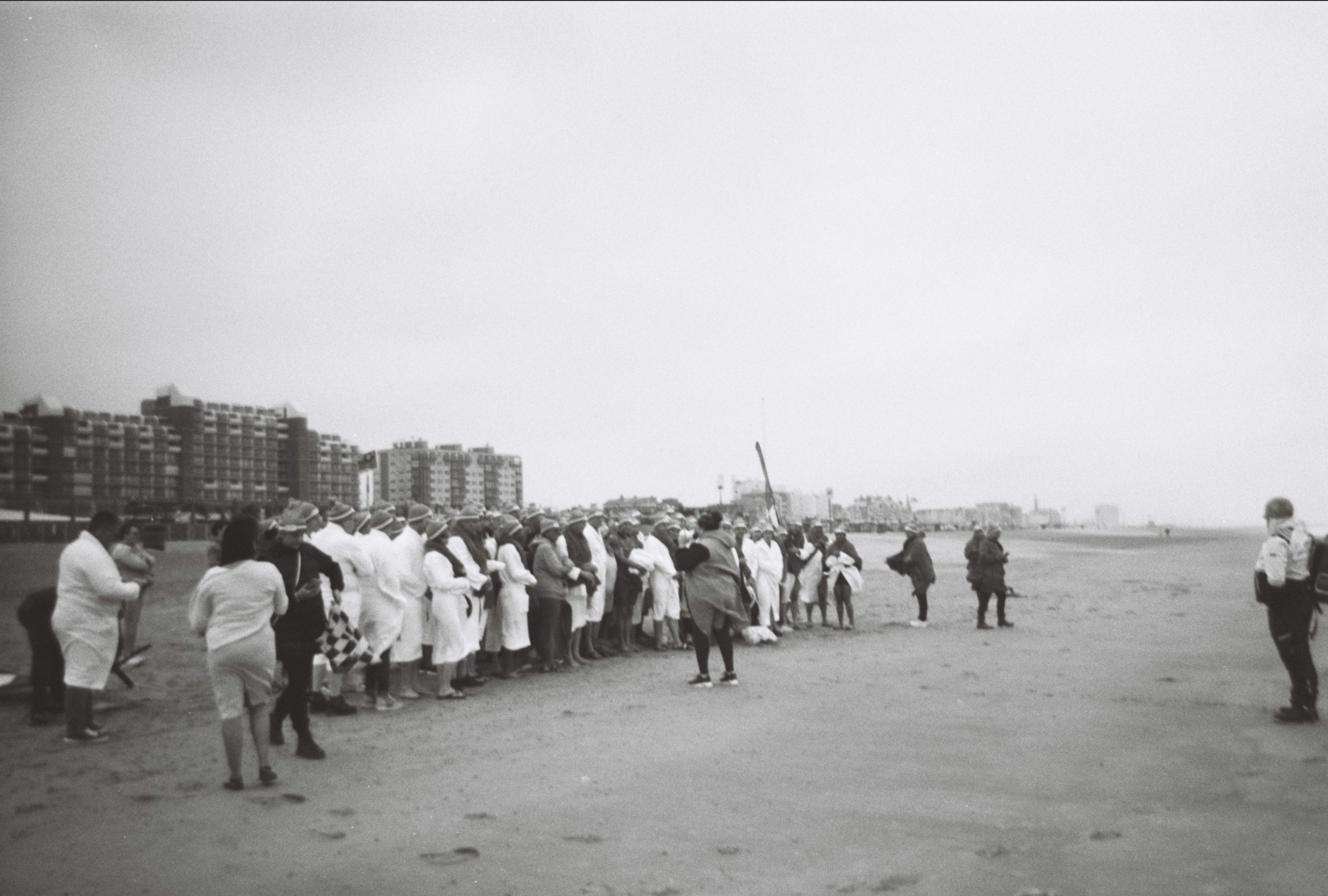
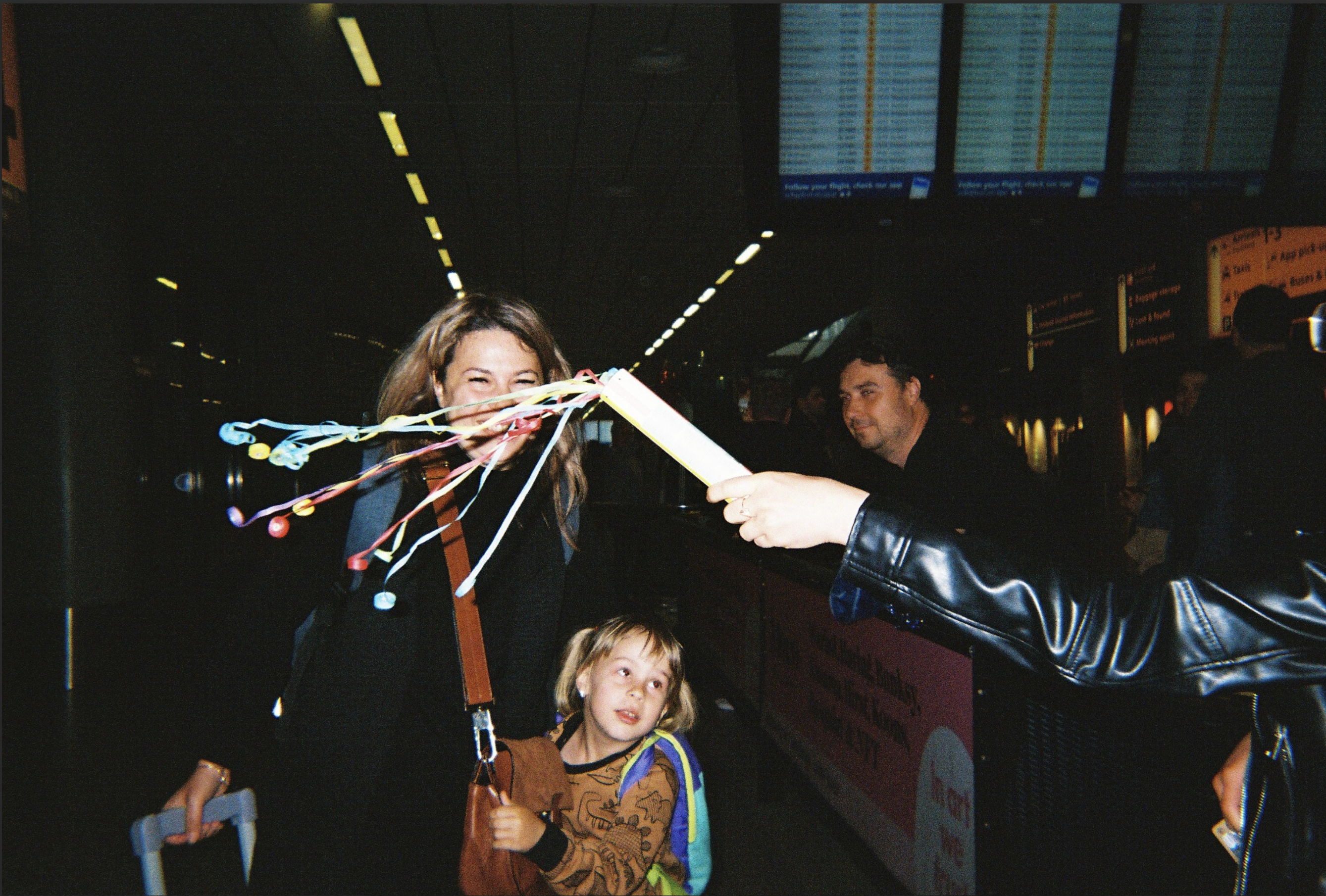
Photo: Selected works from the participants.
“Inspired by Boris Mihaylov’s storytelling, I created black-and-white photos that capture the journey of a refugee, emphasizing themes of displacement, perseverance, and hope. Each image aims to evoke emotions of uncertainty and resilience, reflecting the intricate and challenging paths towards finding a new home.” — Illia Stepanenko, participant of Contradictive Reality exhibition.
Daria: Who are the young artists? How many photographers are presented?
Nicole: They are 10 young Ukrainians aged between 16 and 18 years studying at the Ukrainian schools and Universities online, taking school classes in the Netherlands offline or having a gap year after studies and sometimes having some side jobs. I find every one of them extremely creative and talented with their unique way of seeing and explaining the world. Although not necessary getting education in the same creative field. With some of them we met at the previous editions of the Teen Art Clubs, some of them were new. I would say everyone had interest in arts and culture, not everyone practised film photography before, though.
Daria: What were the reactions of the teenagers on the Boris Mikhailov work at first? Some of Mikhailov’s photographs are quite intimidating.
Nicole: Mikhailov’s works have definitely touched everyone. Despite the generation difference, youth felt very related to what they saw in the pictures. They liked how rebellious at times Mikhailov was with his methods and how he managed to show the layers of soviet reality.
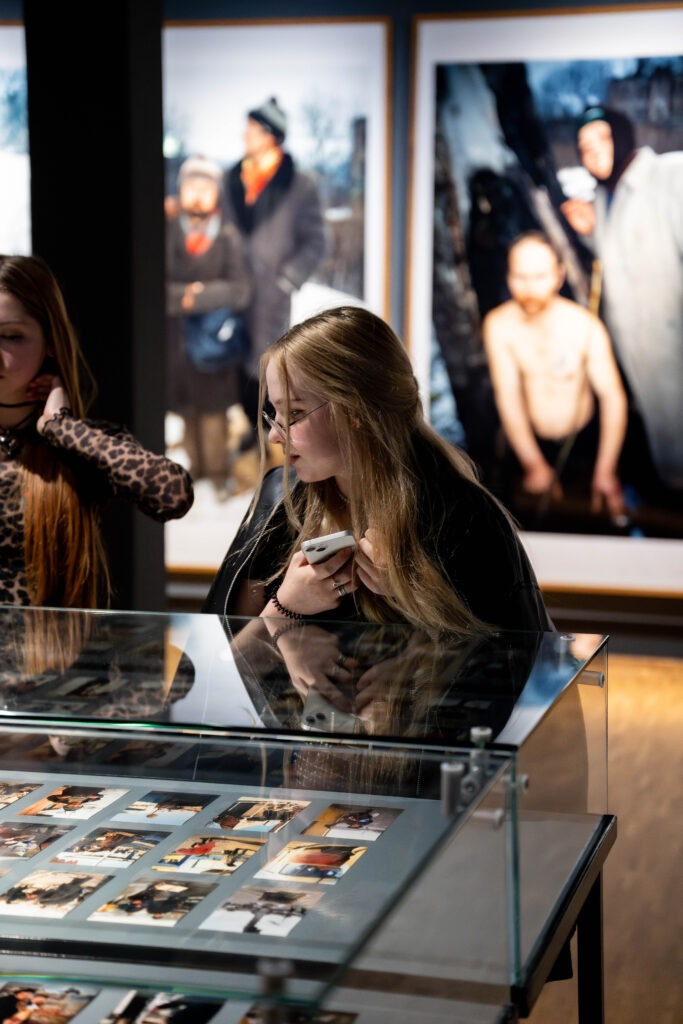
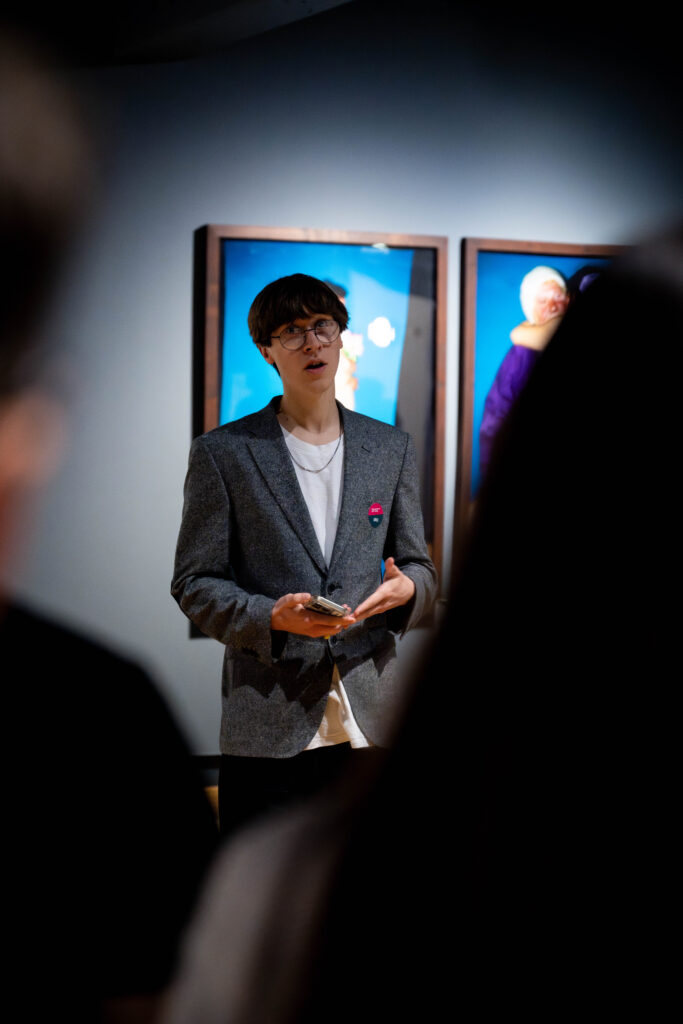
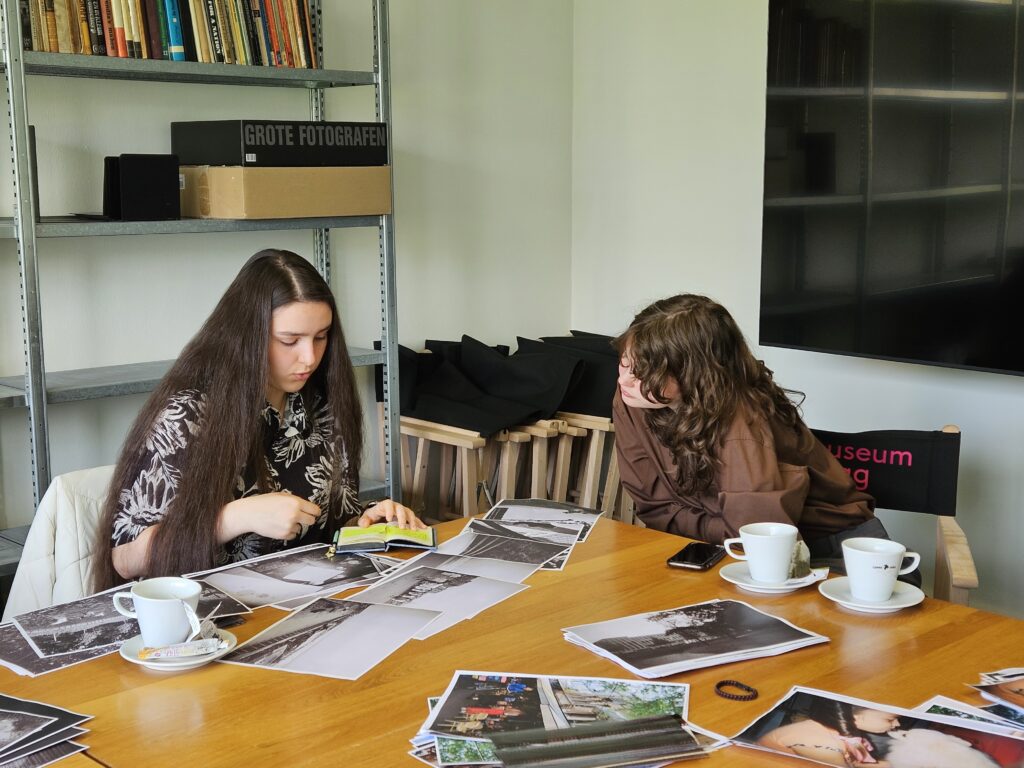
Photo: Charlotte van de Gaag
Daria: Did the participants have some clear instructions on what photographs to make or was it all about artistic freedom? In what way did they use the inspiration from Mikhailov’s works?
Nicole: No, there were no instructions for the teenagers on how or what to photograph. The main goal was to develop a series under the broad frame of everyday life. And there they had all the freedom to explore. Mikhaailov’s exhibition gave ideas and direction, and provided some guidelines for experimenting with the colour, lines and subjects. Similarly to Mikhailov, who avoided the ideal and adopted ‘bad photography’, these teenagers used disposable film cameras — simple and really unpredictable tools. Even though all the photographers worked individually we could clearly see in the end similar themes or topics that fascinated the makers: appreciation of the imperfect, the unpolished; reflections on the role of childhood in life, and search of the identity in the foreign environment.
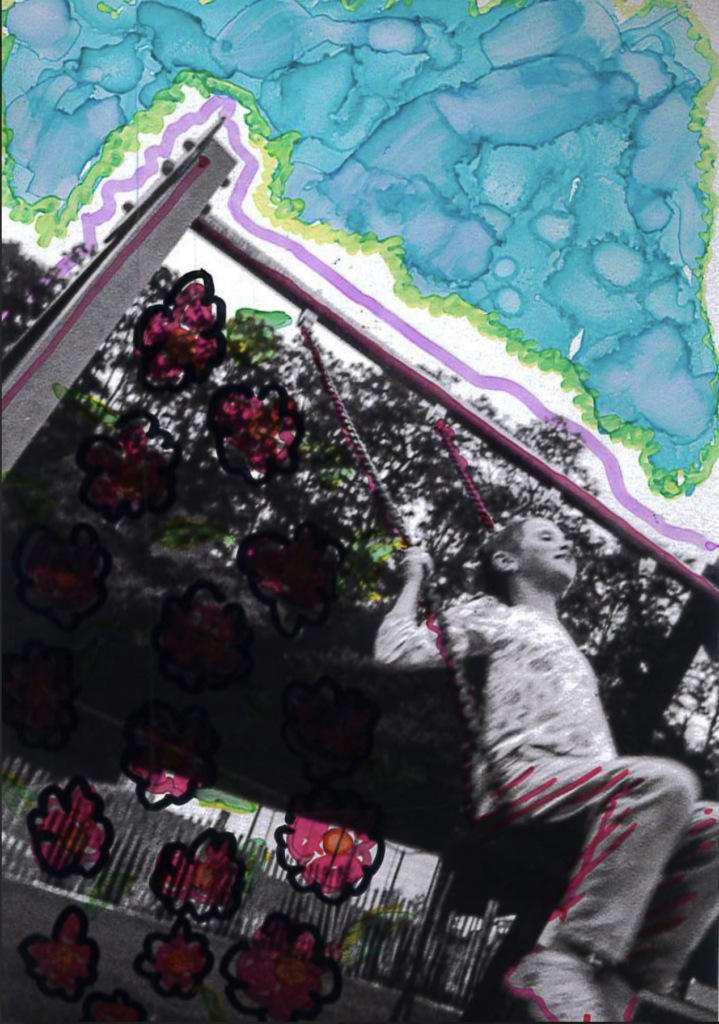
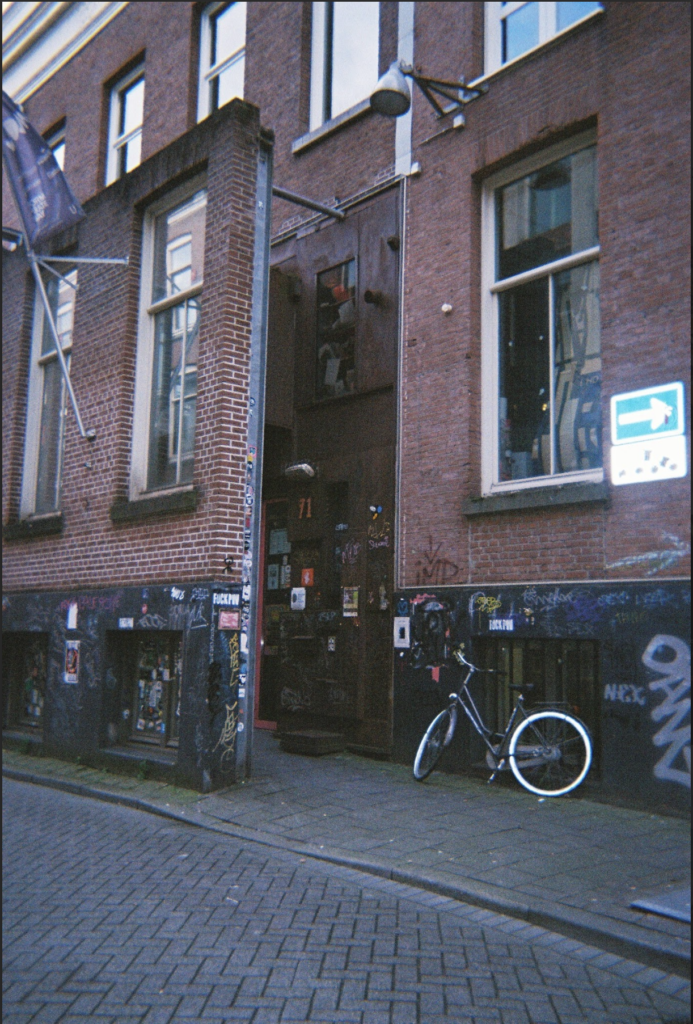
Photo: Selected works from the participants.
“For me, photography is about capturing special moments as they appear. Boris Mikhailov’s idea of “programmed randomness” resonates deeply with me—it’s about being present and recognizing those moments. Letting go of control allows beauty to unfold naturally. These spontaneous moments hold a unique wonder, reminding us that beauty is subjective and often found in the simplest, unplanned instances.” — Dariia Konopleva, participant of Contradictive Reality exhibition.
Daria: Did someone from the participants consider making a career in photography?
Nicole: I don’t know about a career but many participants, it seems, discovered a new passion – photography. And some got the platform and recognition of their long beloved and practised hobby. Time will show. But having a CV record about a group expo in one of the leading photography museums in the Netherlands will not harm anyone for sure:)
Daria: You stated that this project is a way to connect with Ukraine or learn more about it in person and not from the news. What new things about Ukraine did the participants and the viewers learn and how?
Nicole: The participants had obviously heard and seen a lot about the Soviet regime from their parents, history lessons or pop-culture. However, Mikhailov’s critical, non-propagandistic artistic view on the late soviet – early Ukraine independence years brings a new perspective. It helps to get a more layered image of the times and to trace the connections with the past and present, with the remaining legacy, heritage and habits. Artist’s photos really encouraged teenagers to question concepts of time, national identity and attitudes toward the imperfect state of the political, social, cultural aspects of Ukrainian society. Significantly for me, young photographers turned inward to inspect whether some big truths resonate with them and showed it in their series.
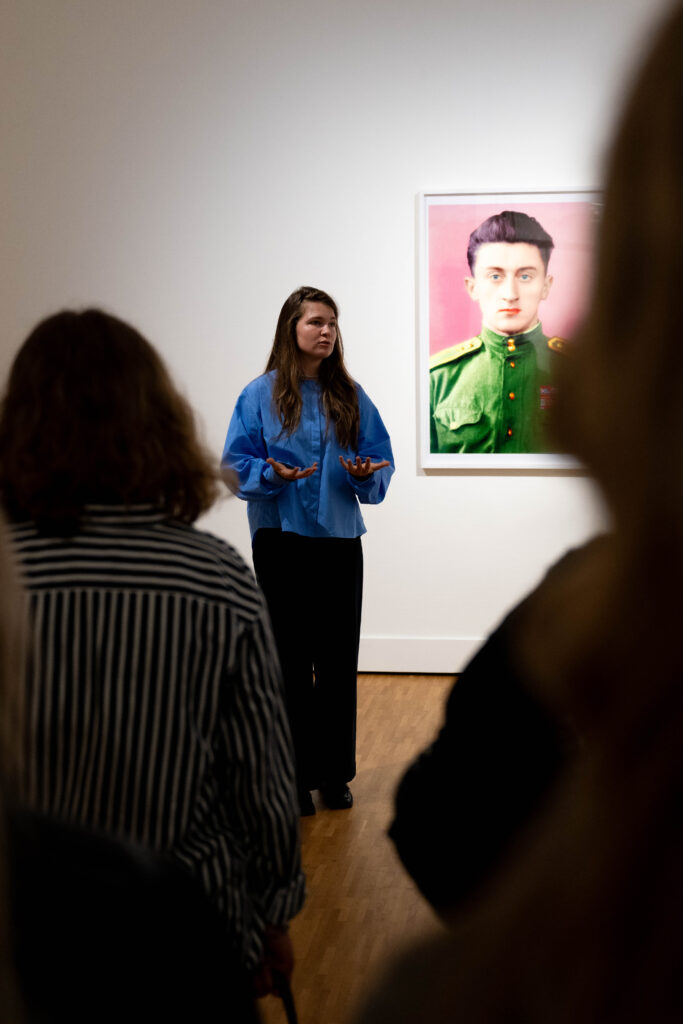
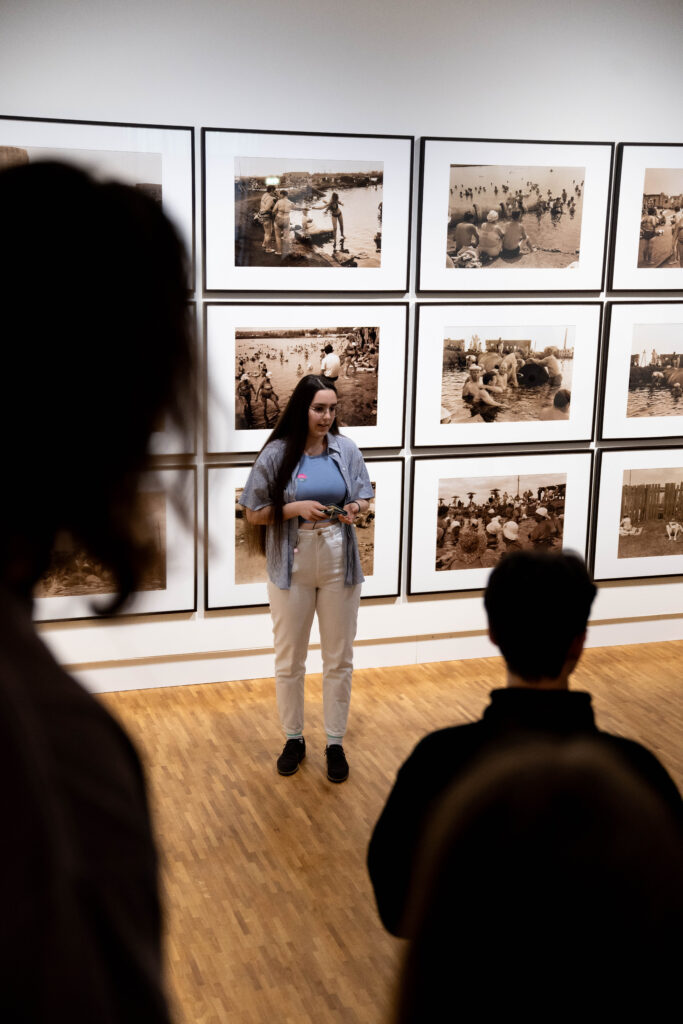

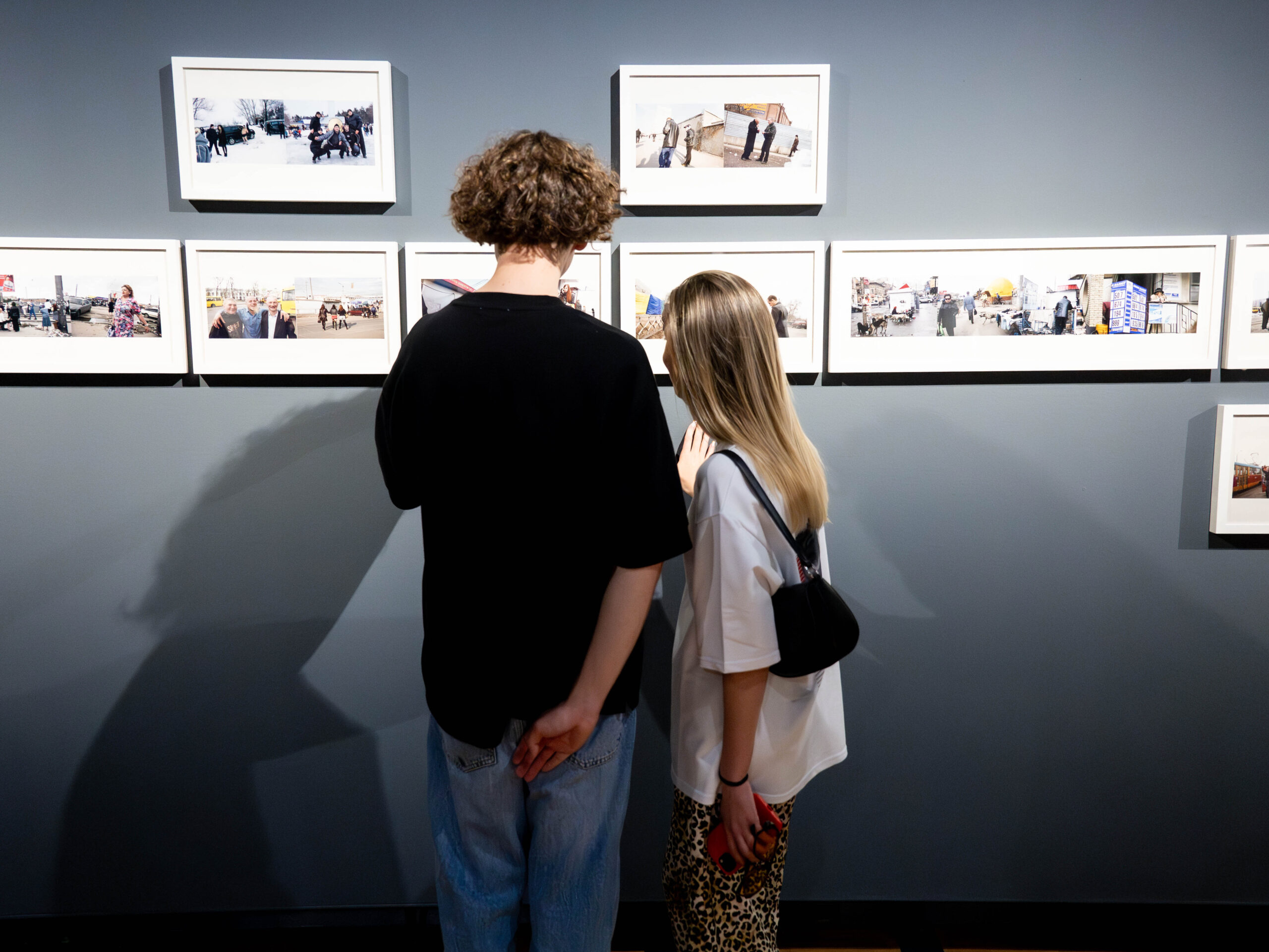
Photo: Charlotte van de Gaag
Daria: Did Fotomuseum participate somehow in your project too besides the given space? What was the feedback on the exhibition?
Nicole: Of course they did. First of all, they fully embraced the idea and jumped into the unknown with me. The museum gave the space in the middle of the museum foyer even before knowing how it turns out. And in the process there were colleagues involved in the administration and exhibition production. Together with the assistant curator Afra Peetom and young photographers we were puzzling over the layout and the storyline for hours. It was a pleasure for me to work with the institution and have their full trust.
I think Teen Art Club created a dialogue between the generations of Ukrainians. And helped the museum to reach the audience of the young displaced Ukraininas who wouldn’t be necessary visiting Mikhailov’s show if not their peers presenting the exhibition.
“As Fotomuseum den Haag we’re grateful to be able to show this project alongside and in dialogue with the exhibition Ukrainian Diary by Boris Mikhailov.
Using an uncompromising and painfully realistic approach, Boris Mikhailov has recorded the collapse of the Soviet empire and its consequences for the everyday lives of the Ukrainian people. It’s special to see how Mikhailov’s work continues to inspire Ukrainian makers and to see how each participant of the Teen Art Club relates to his work differently. It was a joy to work with such an enthusiastic and dedicated group on creating an exhibition that brought together their different approaches and perspectives. We’re grateful to have been able to provide a space for them to share both their individual stories as well as their connecting story of finding positivity in the smallest things.” — Afra Peetoom, representative of the Fotomuseum in the Hague.
Daria: Finally, we already know about your previous art projects with teenagers. Can we call this kind of project a series, are you planning new similar projects in the future? Will your work be concentrated on teenage artists or will you expand or shift your participant circle to younger/older participants?
Nicole: My short term plan is to gather the same group again for an intensive workshops weekend to create a catalogue of the exhibition. I really want every young maker to have a tangible memory of their exhibition, of their search and inquiry.
In the longer term I am planning to continue with the Teen Art Clubs. My goal is to start bringing Ukrainian and Dutch young people together, bridging cultures.
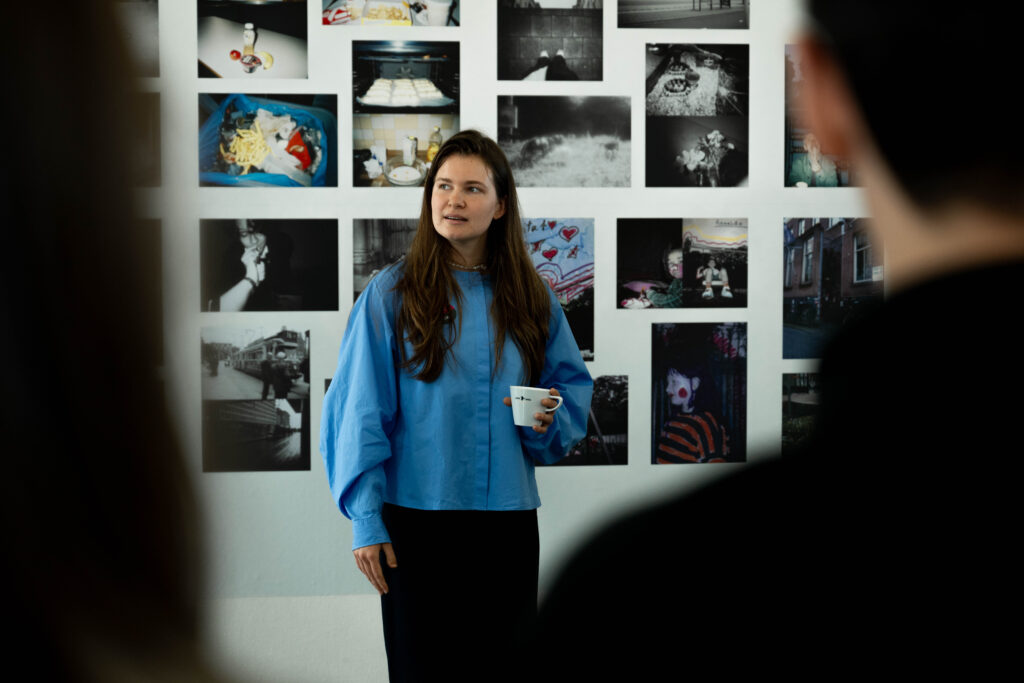
Photo: Charlotte van de Gaag
We are happy for Nicole Katenkaris and the young photographer’s success and invite you to see the exhibition till 18th of August at the Fotomuseum Den Haag.
____________________________________________________________________
Nicole Katenkari is a facilitator and community manager from Ukraine. She currently works as a programming officer at FENIX Museum of Migration in Rotterdam where she has been developing programs for adults learning Dutch as a second language. Previously she worked at the Mystetskyi Arsenal National Art and Culture Museum Complex in Kyiv as an education officer. From 2020 Nicole coordinated several crucial projects in the museum targeted at a teenage audience. In the Netherlands Nicole started curating Teen Art Clubs as an emergency response to Russia’s full scale invasion to support children between 14 and 18 years old.
Nicole has her personal experience of being displaced due to Russia’s annexation of Crimea in 2014 and full-scale invasion in 2022.